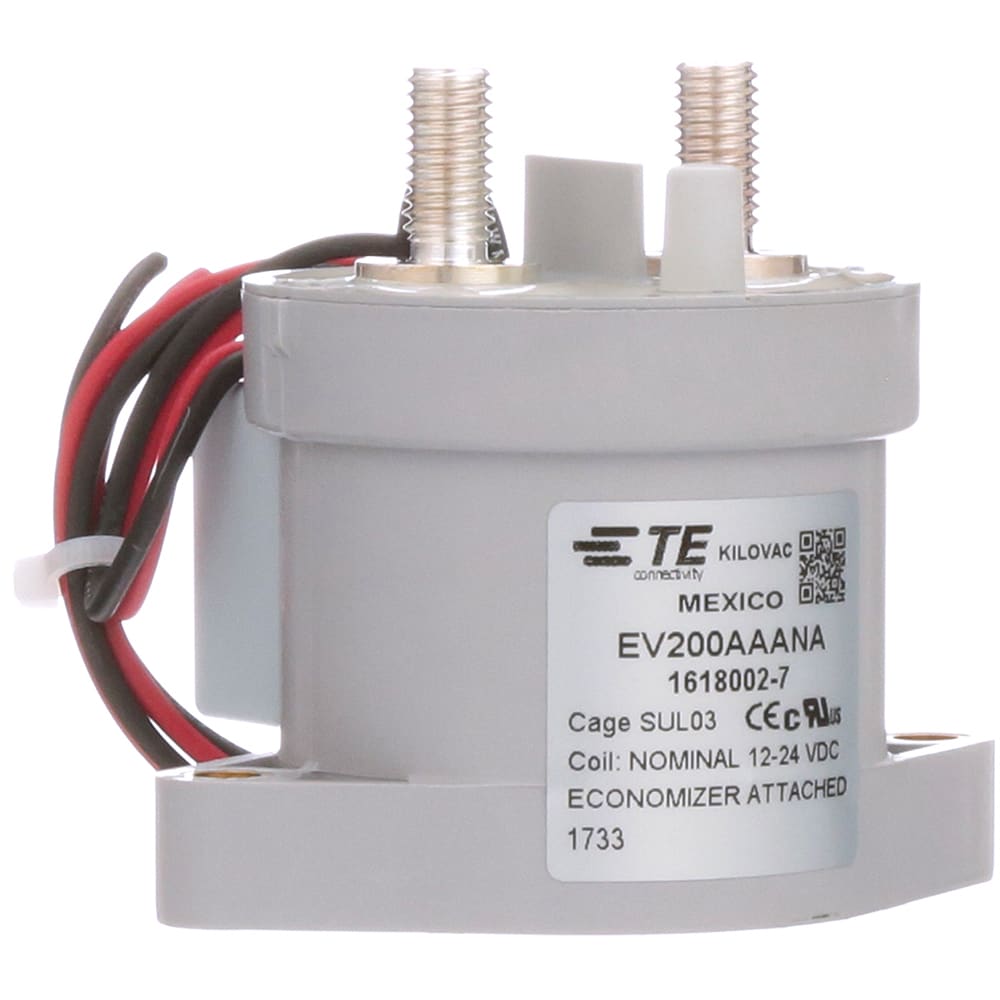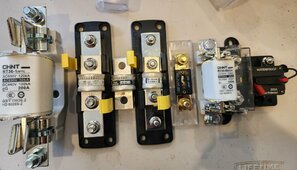Fiddle time limited - only time for pictures and a couple of measurements with the 1035
View attachment 214918
View attachment 214919
Turns out I do have a Mega fuse.
The Chints are HUGE compared to the Class T fuses but they have much higher AIC.
Resistances in order
200a Chint - 0.35 mohm
300a Class T - 0.22 mohm
200a Class T - 0.88 mohm
125a Chint - 0.20 mohm
100a Mega - 0.50 mohm
200a Breaker - 1.48 mohm - brand is "Red Wolf" off amazon
All measurements taken with 4 wire leads on the ends of the actual fuse. I did measure some of the resistance on the mounts end to end with the fuse but didn't record the reading.
My plan is to run as many amps as I can put through them with a clamp meter to monitor and the 1035+ meter to measure the resistance and how it changes over time.
And if I can find a 3rd set of hands I'll also use the trusty Fluke to measure voltage drop across the fuses.
The 1035 is a mico-ohm meter that measures resistance with a 1kh sine wave verse the standard straight DC current measured by a voltage divider network.
I won't blow the Class T fuses, they are just to spendy, but I will blow the anl, mega, and chints to see how they work out.
I'll use a ceramic heater with fan and a heat gun as loads to blowthe fuses. I have a 2000w inverter and a 1200va victron and will probably have to put both on a bus bar to make it work. I do also have the victron smart shunt to measure the current as well and it should retain the graph as I turn things on.
Will draw up a diagram of what I am doing and post.
Also, I think after this post I will either put the results in a Resource or a separate post by itself.
1 on each battery, 1 300amp anl and 1 T class.
fused Probably had a fire - bad experience






